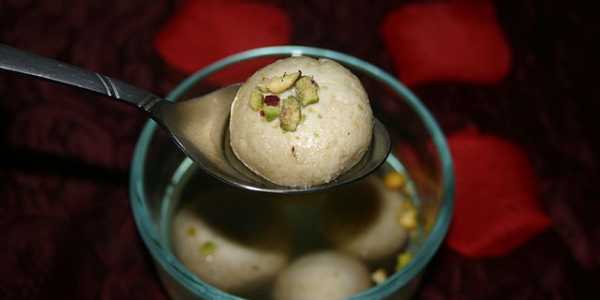
Food dominates our hearts and minds on a daily basis, with enhanced emotions on festivals and celebrations. The pandemic brought us closer to food by providing us time to engage in elaborate cooking at home. Not to mention that when we stepped out of our homes after the lockdown, a lot of new grocery stores had popped up in the neighbourhood, for that is all people were spending on.
Put on your business hat and let’s look at the food brands from India. I looked at many ‘Top brands in India’ lists, both with global brands and with only Indian brands. Amul is the only food brand that features prominently in all the lists, at times accompanied by fellow dairy companies like Mother Dairy and Nandini. Britannia features in some. In beverages, Paperboat has established itself as a niche Indian drink brand and sometimes makes the cut.
I expected Haldirams, MTR and Bikaji in these lists; it seems they have more visibility than business or vice-versa. I remember when Haldirams, the leading ready-to-eat snack brand, first opened their outlet at Delhi airport, almost everyone there was seen with their hamper. It is a dependable brand to consume and gift.
On Instagram, I discovered a bouquet of niche food brands with inviting images and generous use of words like organic, natural, sustainable and eco for products ranging from cheese and honey to cold-pressed oils, coffee and even tonic water.
Their market is obviously national and global, fuelled by the independent logistics companies that make shipping anywhere easy enough. I count them as the emerging broad base of the food industry pyramid. They will remain small and medium enterprises catering to their niche customers from their limited local supplies.
We have traditional Mithai brands synonymous with the regions they come from, be it Agra’s Petha or Pune’s Bakarwadi or Odisha’s Rasgulla or Hyderabad’s Karachi Biscuits. All of them are slowly stepping out beyond their city limits and can be found at airports and online shops. They remain a favourite with the global diaspora driven by nostalgia.
The question is, with a billion-plus people, why do we not have strong homegrown food-based consumer brands? We hardly see any new brands that have come up in the last two-three decades that can stand next to Amul in terms of brand value. There are two ways to look at it. First, it clearly points out the gap in branding and the on-ground presence of large food-based brands.
We see smaller brands emerging fast in segments like yogurt in a country that has curd and so many curd-based cuisines, but we hardly see any Desi brands innovating in a way that they look ahead while being rooted in the Indian palate.
Second, it means that the food market is distributed with no big national or international players. This implies that at least when it comes to food, we are consuming local to a large extent. The pandemic has given this another shot in the arm as we see a lot more local packaged food being sold.
As long as the quality of the products can be ensured, this is the best thing to happen. India is the largest producer of milk, mangoes, bananas, guavas, papayas and the second largest producer of vegetables and marine products.
While we do see large brands in dairy products, the same is clearly missing in all other categories. Look at the juice brands or any other products that are produced using fresh produce; more often than not, they are coming from an international brand.
There are Indian spice brands, new and old, but most of them are merely packaged products. We have not seen innovative use of spices in developing new products. Imagine a spice-based ice-cream or summer drinks or Ayurveda-based products.
Many years ago, I had written about simple jaggery-based confectionery with different flavours. I was happy to receive some version of it from an entrepreneur in Karnataka; I saw world-class coffee chocolates in Araku, but am yet to see them outside the Eastern Ghats. Sun-dried bananas found in villages of South India can be a pan-India product under a single brand.
The Ministry of Food Processing Industries allows 100 per cent FDI in the food sector with many schemes that promise easy credit availability. Of the 283 food parks planned across the country, some are already operational.
There is potential to add a lot more food processing units to the existing 37,000+ registered ones. Two food technology institutes in Haryana and Tamil Nadu promise a supply of trained professionals and opportunity for research.
The ‘Make in India’ website lists ideas and opportunities for entrepreneurs as well as investors. This should be a good place for potential start-ups in this space.
With a bit of creativity and innovation from entrepreneurs and smooth execution of government schemes, we should be able to churn out world-class food brands from India. Look at Malaysia’s Petronas’ Diwali Ad featuring the crunchy irresistible Muruku and you know that the world is waiting for our food products.

















